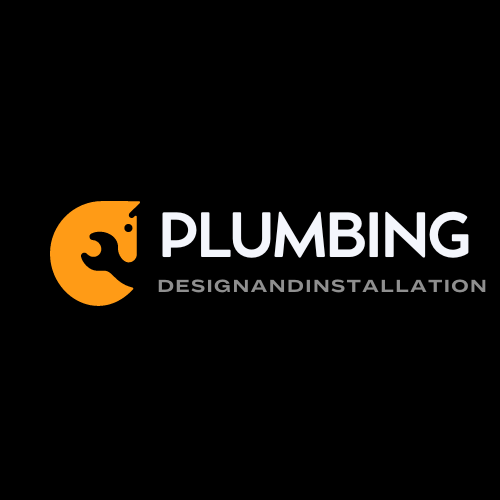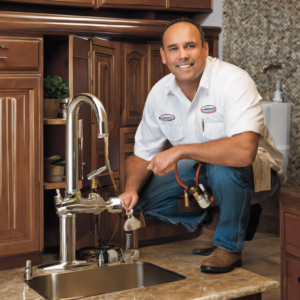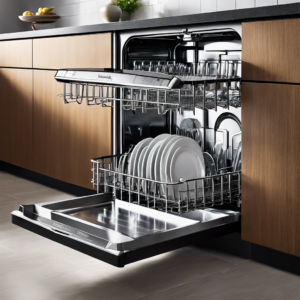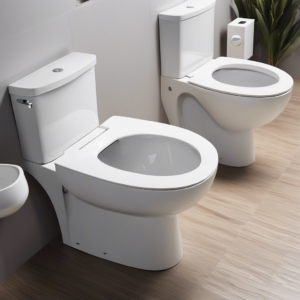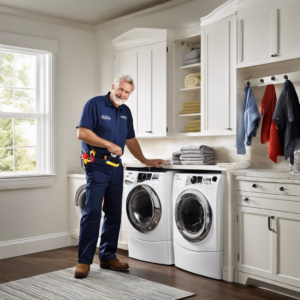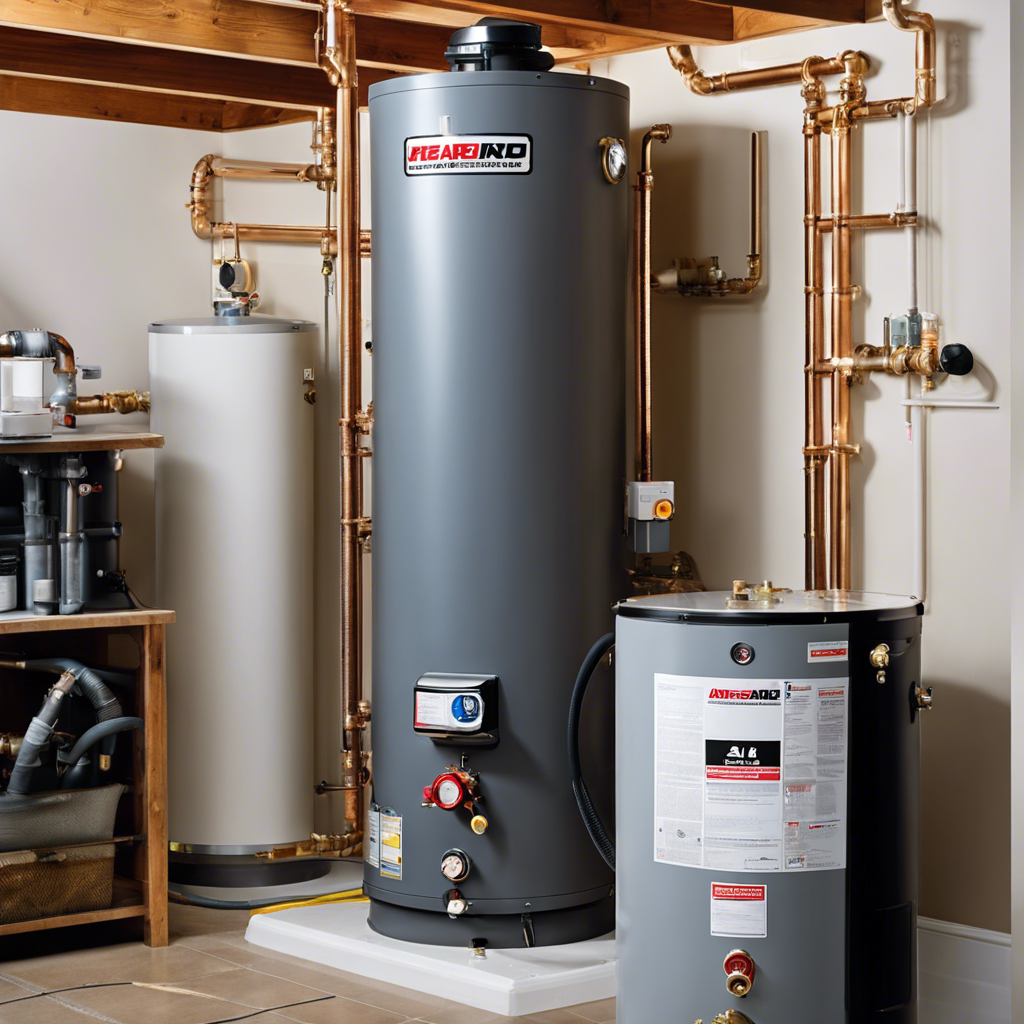
Leaking Water Heater : Learn what to do when your water heater pressure relief valve is leaking. Follow our step-by-step guide to fix the issue and avoid potential water damage.
Fix a Leaking Water Heater Relief Valve: What to Do
That constant drip-drip-drip from the pressure relief valve on your water heater can quickly become maddening. While some leaks require replacement, many can be fixed with simple pressure and temperature adjustments. Here are the best troubleshooting steps to stop a leaking relief valve:
Diagnosing the Leak Cause
To pick the right solution, you need to understand what’s making the relief valve leak in the first place:
How Relief Valves Work
Relief valves are safety release devices that open if temperature and pressure get too high, protecting the tank.
Reasons for Relief Valve Leaks
Common causes include buildup on the valve seat, high water pressure, a failing valve, or incorrect temperature settings.
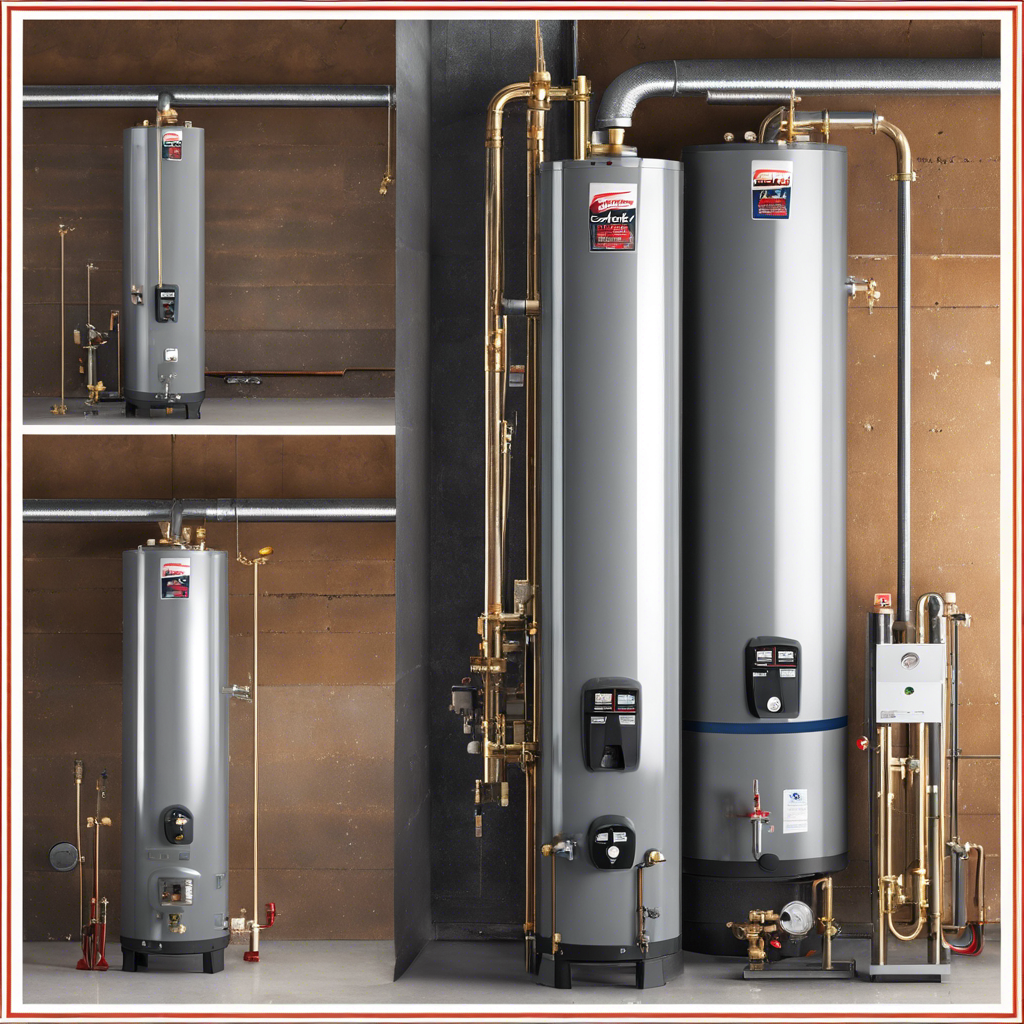
Risks of Ignoring Leaks
A constant leak wastes water, damages your home, leads to corrosion, and is a sign other issues need addressing with the water heater system.
Trying Temporary Fixes First
Start with simple, non-invasive relief valve fixes before resorting to replacement:
Flush Debris from Valve Seat
Open the valve manually for a few seconds so escaping water can clear any buildup and sediment clogging the valve seat.
Replace Relief Valve Lever Washer
If the weep hole drips as pressure fluctuates slightly, replace the relief valve lever rubber washer to create a better seal.
Reduce Water Pressure
Excessive water supply pressure to the tank can cause unnecessary valve openings. Install a pressure reducing valve to keep pressure between 50-60 PSI.
Replacing the Relief Valve
If temporary fixes fail to stop the leak, replacing the relief valve itself is the solution:
Locate Water Supply Valves
Find the cold water shut-off valve for the water heater and turn it off before starting replacement. Also close the heating fuel supply valve if applicable.
Drain and Shut Off Water Heater
Drain the tank completely using the drain valve. Then switch off the tank power to avoid electric shocks during work.
Remove and Replace Relief Valve
Unscrew the faulty relief valve and clean the opening’s threads. Wrap threads on the new valve with Teflon tape and screw it in tightly.
Adjusting Temperature and Pressure
Leaks often indicate issues with tank temperature or plumbing pressure:
Inspect Expansion Tank
Check that the expansion tank is sized correctly for your water volume and pressure. Replace it if worn out or leaking.
Check Thermostat Setting
Make sure the water temperature setting isn’t too high. Lower to around 120°F if needed.
Install Thermal Expansion Valve
Excessive pressure from thermal expansion requires installing an expansion valve to allow water to flow back to the main supply.
Calling a Professional Plumber
If you can’t find the root cause of the relief valve leak, have an expert inspect your entire hot water system for faults.
Have Drain Lines Inspected
A plumber can scope the drain line attached to the relief valve to check for restrictions causing pressure buildup.
Evaluate Whole System
Pros can diagnose problems with the expansion tank, water pressure, thermostat, heating elements, and other components impacting valve operation.
Conclusion
Persistent water heater relief valve leaks shouldn’t be ignored. In many cases, they can be fixed with some adjustments and replacing basic parts. But if you can’t find the root issue, calling a professional ensures the leak will be fully diagnosed and repaired correctly.
What does the popping noise from my water heater mean?
Frequent popping sounds from the relief valve are usually due to issues like a faulty thermostat, closed supply valves, or thermal expansion without a properly-sized expansion tank.
Why does my relief valve drip even after replacement?
If a new relief valve also drips, the root cause lies elsewhere, like high water pressure, closed valves, or sediment blocking the valve seat again. The full system needs to be evaluated.
Is it safe to plug the relief valve to stop drips temporarily?
No, never plug or disable the relief valve, as this removes vital overpressure protection. Identify and address the underlying issue causing the leaks.
What is a water heater pressure relief valve?
A pressure relief valve, also known as a temperature and pressure (T&P) relief valve, is a safety device installed on a water heater to release excess pressure or water in the event of a temperature or pressure buildup inside the tank.
How do I know if my water heater pressure relief valve is leaking?
You may notice water dripping or pooling around the valve, hear a hissing sound, or see steam coming from the valve. These are all signs that the relief valve may be leaking.
What could cause the water heater pressure relief valve to leak?
Leaking relief valves are often caused by excessive pressure or temperature in the water heater. Other possible causes include a faulty valve, a closed system preventing water from relieving pressure, or a buildup of sediment or mineral deposits.
How do I fix a leaking water heater pressure relief valve?
If the valve is leaking due to excess pressure or temperature, you should first check the pressure gauge on the water heater. If the pressure is too high, you may need to lower it. If the valve itself is faulty, it may need to be replaced.
Can I replace the water heater pressure relief valve myself?
It is usually recommended to have a professional plumber replace the relief valve to ensure proper installation and to comply with local building codes. However, if you are experienced with plumbing and follow the manufacturer’s instructions carefully, you may be able to replace it yourself.
What are the potential risks of a leaking pressure relief valve?
A leaking relief valve can indicate a potentially dangerous situation, such as excessive pressure or temperature, which could lead to a water heater explosion. It’s important to address a leaking relief valve promptly to prevent these risks.
What is a closed system in relation to a water heater?
A closed system refers to a water heating system where the water is unable to expand due to thermal expansion, which can lead to increased pressure within the water heater tank. This increased pressure can contribute to relief valve leaks and other issues.
How can I prevent my water heater pressure relief valve from leaking?
Regular maintenance of your water heater, including checking the relief valve and ensuring proper pressure and temperature levels, can help prevent leaks. Additionally, installing an expansion tank in a closed system can help manage thermal expansion and reduce pressure on the relief valve.
Is it normal for a water heater pressure relief valve to release water during normal operation?
It is normal for a relief valve to release a small amount of water during the heating cycle as it relieves excess pressure. However, continuous or excessive leaking indicates a problem that should be addressed.
How do I ensure that the water heater pressure relief valve is functioning properly?
You can test the valve by lifting the lever on the valve briefly to allow some water to discharge. If water flows freely and stops when the lever is released, the valve is likely functioning properly. If it continues to leak, it may need to be replaced.
